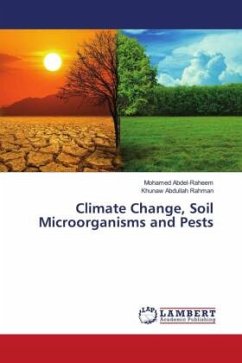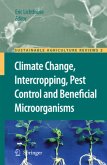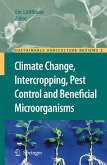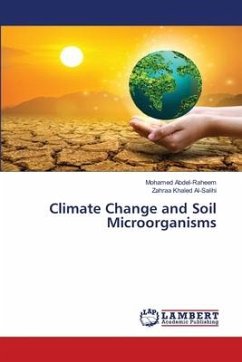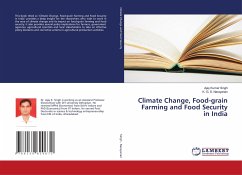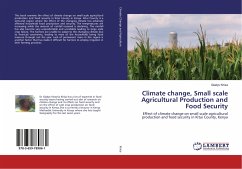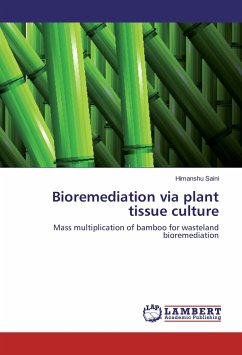Our soil, however, is often overlooked-it's teeming with billions of microscopic organisms that comprise the most biodiverse environment on Earth. Like all living things, they're affected by climate change, too. There's a fact that frequently gets mentioned when people talk about soil: There are more microorganisms in a teaspoon of healthy soil than there are people on Earth. The matrix of living creatures that recycle plant and animal life is incredibly complex, with bacteria, protozoa, fungi, actinomycetes, nematodes and others interacting in countless, largely-unmapped ways. Climate change is likely to have severe impacts on the abundance, distribution, and seasonal timing of pests and their natural enemies, which will alter the degree of success of biological control programs. Phytophagous insect species are naturally controlled by top-down (natural enemies) and bottom-up (host plant availability and quality) mechanisms.

